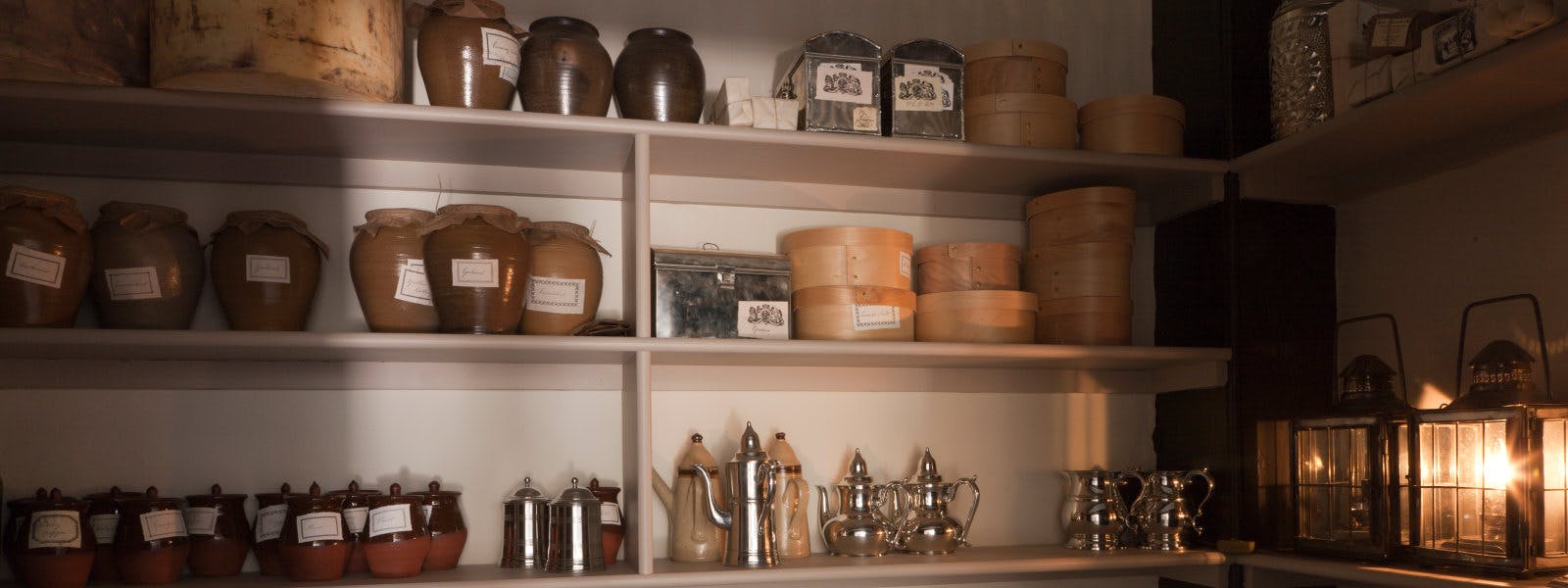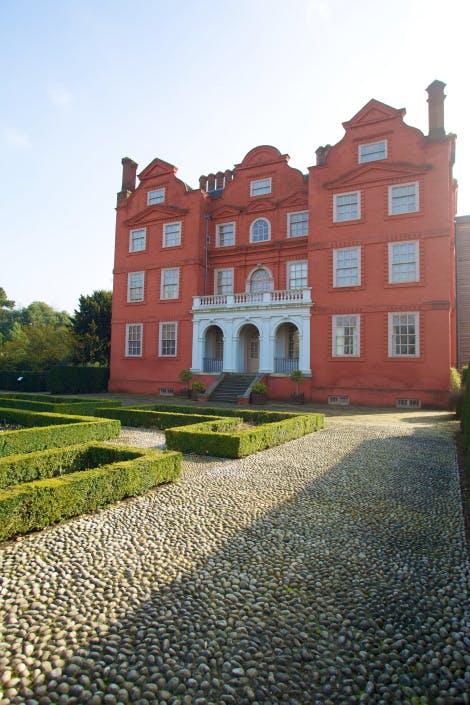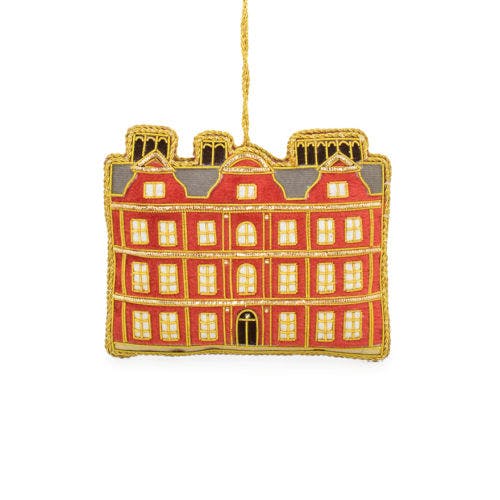
This vast, 18th-century kitchen block has survived practically untouched
Back in the 1730s these vast, now-empty kitchens once hummed with life; shut up and abandoned in 1818, they now offer an authentic glimpse into 18th-century life.
George III's bath?
An early 19th-century bathtub was found in the Kitchens, possibly used by George III for his medicinal baths.

A rare survival
Once, these vast, atmospheric kitchens hummed with life. In the 1730s, around 30 staff bustled about preparing food for Frederick, Prince of Wales (George III’s father). They were used for almost eighty years by the royal family whenever they were in residence in Kew. After the death of Queen Charlotte (George III’s consort) in 1818, the the doors were locked and the Kitchen left untouched for nearly 200 years.
At Kew, the family stayed either in Kew Palace, or the White House, a large, country, villa which used to stand in front of Kew Palace. Most of the other service buildings, such as the stables, a dovecote, and laundry, were demolished as the Royal Botanic Garden developed.

A glimpse into the past
Some of the furniture in the Kitchens remains as it was left, including the copper boilers and the charcoal stoves. Where other fixtures have disappeared, their ghostly outlines are still visible on walls, and it is possible to see where shelves once sat, where ironwork held objects in place and where the kitchen clock used to hang.
The massive table in the main Kitchen is the original elm table built when the kitchens were first fitted out in 1737, the deep grooves and cuts are a legacy to all the chefs labouring to prepare food 200 years ago there. In the massive fireplace, the original smokejack and spit racks are still visible.

How the kitchen worked
The downstairs part, left practically as found, comprises the main kitchen with its ‘offices’. These were rooms with specialised functions such as the Wet Larder for storing meat and salted fish, the Bake House and the Scullery.
The upstairs floor recreates the administrative offices and accommodation for kitchen staff, who were all supervised by the Clerk of the Kitchen, William Gorton. The Dry Larder was used to carefully store dry goods, including expensive, aromatic spices.
The Kitchen Garden illustrates the kind of vegetables grown in the 18th century and used in the Kitchens.
Listen to the podcast
Join food historian Dr Annie Gray as she delves into the delights of the Georgian dinner table. This is the first of a two-part series from the our archives, exploring the history of food and dining across our palaces.
More episodesBROWSE MORE HISTORY AND STORIES

George III
Dutiful, intelligent and cultured, but cruelly labelled ‘mad’

The story of Kew Palace
Britain's smallest royal palace and George III's private retreat
EXPLORE WHAT'S ON

- Events
Quiet Session
Join us for a quiet session in Kew Palace, a calmer experience for those living with or caring for someone with Autism or those who have any other sensory needs, and their families and carers.
- 29 June, 17 July, 21 August and 22 September
- 1 hour
- Kew Palace
- Included in Kew Gardens admission

- Things to see
- Tours and talks
The Great Pagoda
See The Great Pagoda at Kew Palace, now returned to its 18th-century splendour.
- Open
- Kew Palace
- Separate ticket

- Things to see
Queen Charlotte's Cottage
Discover a queen's rustic country retreat in the grounds of Kew Palace with a visit to Queen Charlotte’s Cottage.
- Open
- Kew Palace
- Included in Kew Gardens admission
Shop online

Shop Kew Palace gifts
The most intimate of our six royal palaces, Kew was built as a private house in 1631 and used by the royal family between 1729 and 1818. These gifts and souvenirs are all inspired by Kew Palace.
From £4.00

Kew Palace luxury hanging decoration
This luxury handmade Christmas tree decoration features the design of the front of the Dutch House at Kew Palace on the River Thames in south west London.
£29.99
